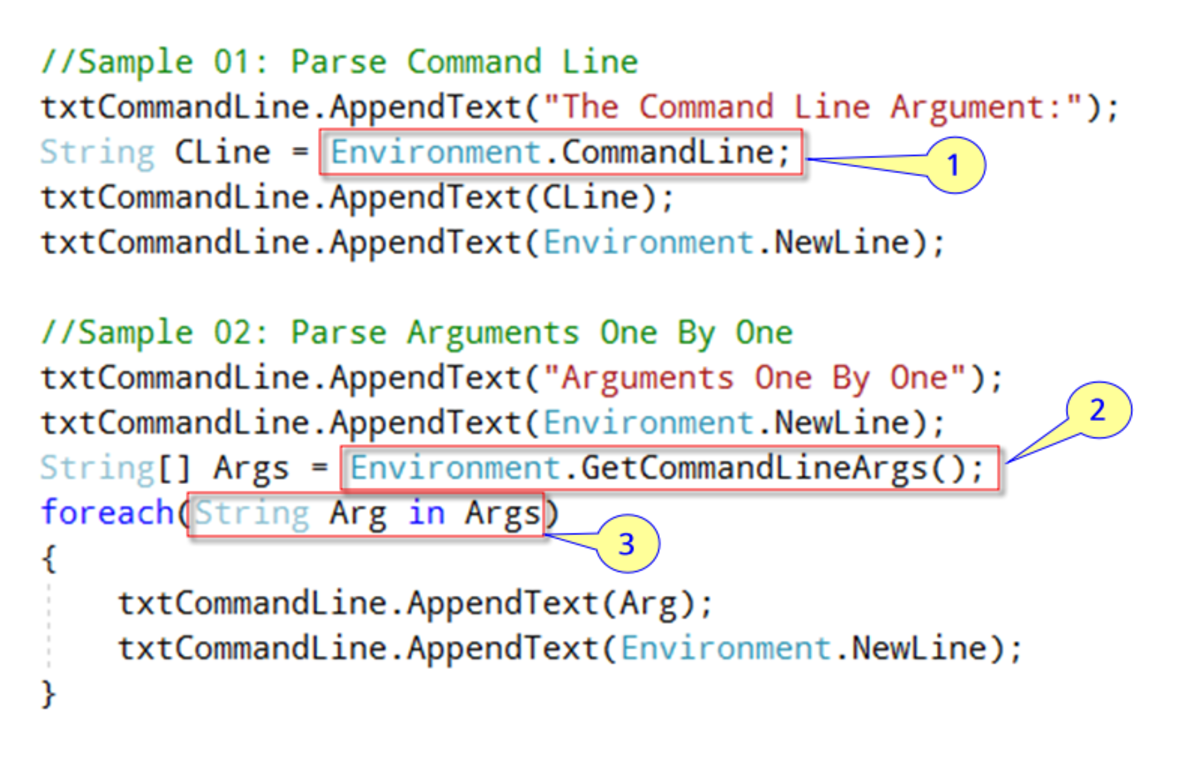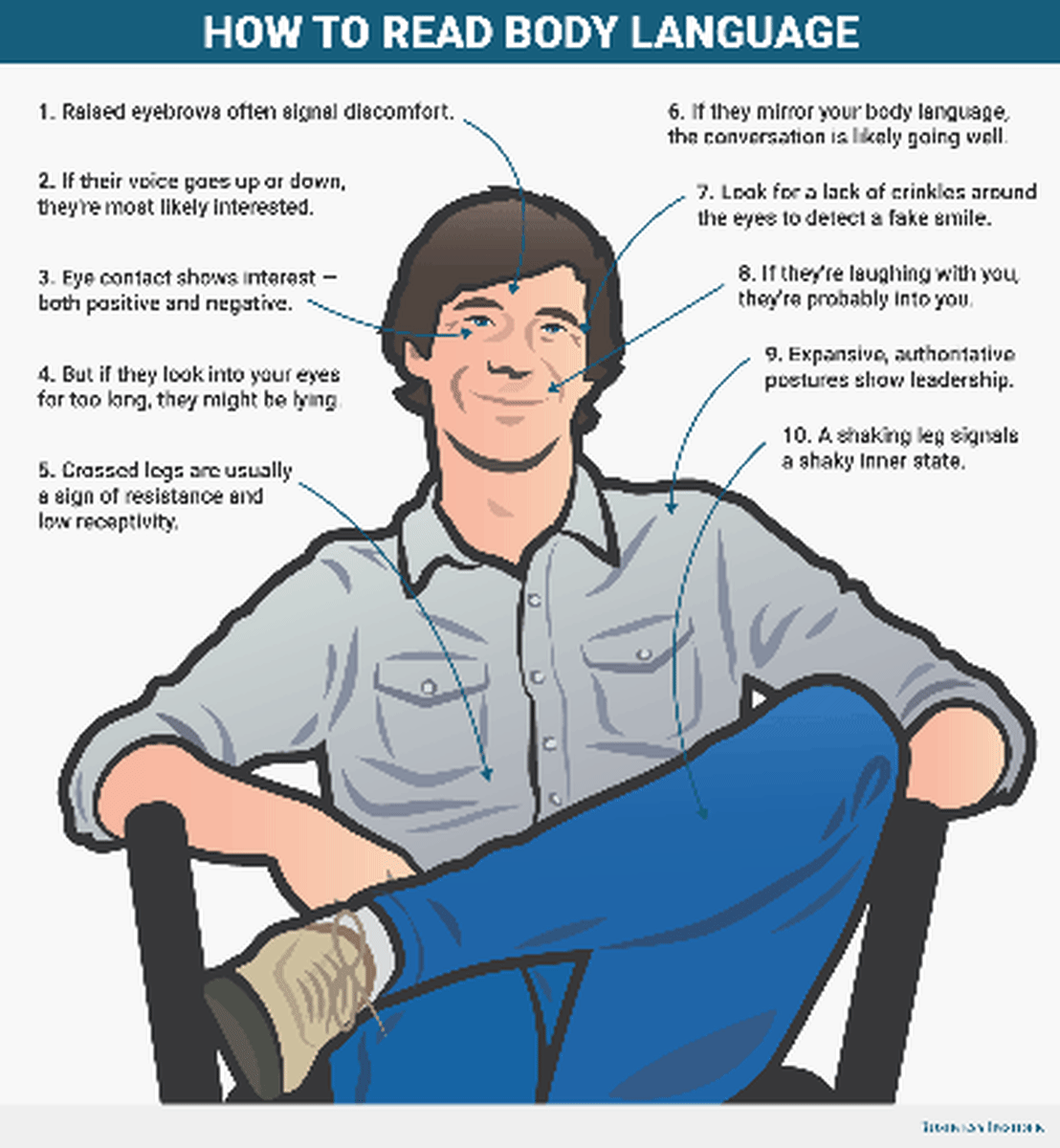How to be calm and win an argument
Surely you've heard the saying "It's easier said than done" That is exactly what learning how to be calm to win arguments is all about. This article is not going to talk about the different ways with which you can win an argument because that's just too vague and much of it depends on individual and situational circumstances. However, what you will learn, is how you can win an argument by using calmness and a cool head as your main weapon.

1) Ease your body and find a comfortable position
What do you think is the first sign of a calm personality? If you said body language, you couldn't be more right. One of the first steps of learning how to be calm is to control your body language and maintain a relaxed posture. Relax your shoulders, ease your back and sit back into the position you normally are in. If you've got the right body language, half the battle is won right there.
2) Take a deep breath
A deep breath gives more oxygen to your body which means your body will feel relaxed. No wonder it is the epitome of a thing to do when you seem to be losing your cool. Taking a deep breath will also give you those precious extra few seconds if you are engaged in an argument. Keep taking long and deep breaths until you clear your head and calm down to your normal self. A calm and stable head is one of the crucial requirements to win an argument.
3) Stop fidgeting
Playing with your fingers, looking restless, tapping your feet continuously, making weird expressions, picking your nose, unnecessarily moving your feet and twitching other body parts is best avoided during an argument. Fidgeting may be looked upon as a sign of nervousness, weakness or even dishonesty. And moreover, fidgeting doesn't quite sit well with the whole idea of being calm, does it?
4) Look at people in their eyes
Eye contact is one of the basics of speaking and communicating properly. In fact, body language gurus will rave about the importance of eye contact in day to day life, let alone arguments. Looking directly into someone's eyes while arguing gives out a strong signal – that you mean business, and you are levelheaded. On the other hand, looking away or making too many eye movements can be a sign of nervousness, lack of knowledge, lack of confidence and lack of calm.
5) Mentally disassociated yourself from the intricacies of the argument
The very minute your head goes into overdrive, thinking about how bad the situation is getting, all your efforts to remain calm will be futile. One of the best ways to remain calm during a fragile situation is to mentally disassociate yourself from the situation itself. Think of something else for a moment, maybe even a happy memory. If you think that you are losing the plot and think that there is no further scope for logical reasoning left in the argument, simply detach yourself mentally from the situation and the individuals around you.
6) Don't speak if you don't have anything to say
Fumbling and mumbling definitely does not help your cause when you are trying to be calm, composed and more importantly, trying to win an argument. In fact, fumbling is one of the first signs of nervousness. The best of us have our awkward moments when we say something that was horrendously out of place. This can be avoided by simply not saying anything when you don't have anything to say. Simply observe the situation and the people involved in it.
7) Stop expecting anything from the situation or individuals around you
One of the basic and core elements of an argument is that people have expectations. Sometimes, an argument may reach a point when expecting an outcome may be simply futile. You can take a lot of pressure off your head by removing all your expectations for the moment from the situation and from the individuals around you. As easy as this sounds, it is extremely difficult. But once you master the art of doing so, you will be able to clear up your head within seconds and get back to being calm.
8) Have patience – Don't expect all arguments to have an immediate outcome
Remember this, if you begin an argument, expect it to last longer than you expected it to last. Confused? If you've worked in an office long enough, you will know that immediate solutions to an argument are at best, impossible. The very minute you start expecting an immediate outcome, frustration will build up within you when the arguments goes on and on. This is the perfect recipe for losing your calm and throwing water over all your efforts. Be calm, have patience and weather it out.
9) Walk away from the situation
If walking away does not sound like the best way to win an argument to you, think again. Imagine an argument wherein the other person is intellectually ill equipped to understand and comprehend the point you are making. They will stick to their views and opinions simply because they are incapable of absorbing the logic and reasoning that you are putting on the table. A clever and calm person may simply walk away and let the other person ponder for a few minutes about the things they've said. Maybe there is a slight chance that the other person suddenly has a eureka moment and realizes that what you said, was indeed, the right way to go.
10) Take time to reflect upon your not-so-calm moments
Do you know who the best teacher in life is? It's experience. There is no better way to practice and learn how to be calm than to reflect back upon times when you've lost your cool. Ask yourself questions based upon the 9 points we discussed above. Here are questions that may allow you to introspect your not-so-calm moments.
- Was my body language all wrong?
- Did I not take a pause and take a deep breath to get hold of the situation?
- Was I fidgeting too much?
- Did I not look into the other person's eyes while talking to them?
- Did my emotional attachment to the subject get the better of my reactions?
- Did I say something I shouldn't have in the first place?
- Was I expecting too much from the other person or the argument itself?
- Did I run out of patience?
- Did I push the envelope too far and not walk away when it was appropriate to do so?








